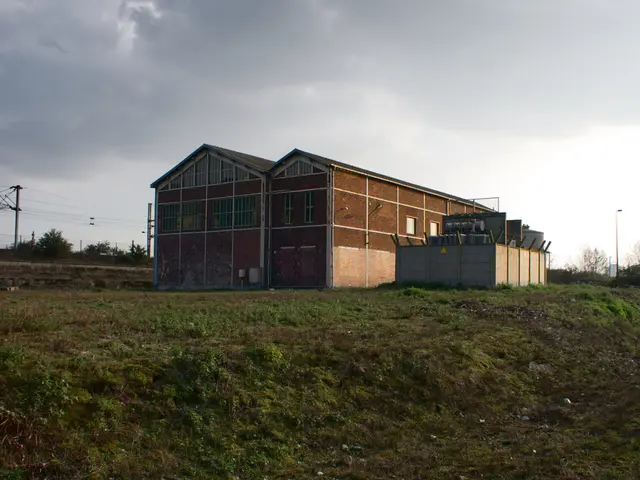Poland Aims High with Piast Doctrine
Strengthening Regional Military and Economic Power: Poland's Prime Minister Tusk Announces Plans
Prime Minister Donald Tusk has unveiled the "Piast Doctrine," a strategic blueprint aiming to establish Poland as the leading force in Central and Eastern Europe (CEE) both militarily and economically. Named after the Piast dynasty, this doctrine highlights national resilience, self-reliance, and regional leadership.
On a Historical Tide
The reveal of the Piast Doctrine coincided with the celebrations of King Bolesław I the Brave's 1025 coronation, a seminal moment in Polish history. Tusk drew parallels to the Piast dynasty, noting:
The Three Pillars
The Piast Doctrine balances on three key components:
- Creating the most robust army in the region: Poland aspires to bolster its military presence to ward off any potential threats, especially considering the ongoing battles in Ukraine and uncertainties in NATO under President Donald Trump's administration.
- Developing the strongest economy in the region: Economic independence and dominance form the backbone of the doctrine. This involves substantial investments in science, energy, technology, and infrastructure.
- Firming up a strong political stance in Europe: As part of the European Union, Poland intends to increase its influence and become a significant player in shaping EU policies.
Unity and Solidarity
Tusk reiterated the importance of unity, stating:
Military Muscle
In a bid to fortify its military, Poland plans to expand its armed forces to half a million personnel (including reservists), making it the largest in the European Union. Moreover, the government intends to introduce military training for all adult males on the Swiss model, boost national defense preparedness, and raise defense spending to 4% of GDP.
Economic Powerplay
Parallel to military efforts, the doctrine concentrates on building an economically independent Poland. This involves commitments to domestic investments, bolstering Polish enterprises, simplifying business regulations, and reducing bureaucracy.
Political Implications
The Piast Doctrine aims to enhance Poland's political clout within the European Union. However, asserting its leadership has stirred tensions with some EU member states regarding infrastructure projects, defense spending, and the Green Deal.
Looking Ahead
As Poland sets sail on the Piast Doctrine, its impact on the domestic scene and international relations will be closely monitored. This ambitious strategy reflects Poland's resolve to confront regional challenges, champion its sovereignty, and carve out a more prominent role on the European stage.
- The Piast Doctrine's economic agenda extends to investments in science, energy, technology, and infrastructure, a move aimed at creating the strongest economy in Central and Eastern Europe.
- Amidst ongoing wars, especially in Ukraine, and uncertainties in NATO, Poland intends to bolster its military presence to become the most robust army in the region, as per the Piast Doctrine.
- The Piast Doctrine's political implications have raised eyebrows within the European Union, with some member states voicing concerns over infrastructure projects, defense spending, and the Green Deal.
- In line with the Piast Doctrine, Poland plans to introduce military training for all adult males, adopting the Swiss model to boost national defense preparedness and raise defense spending to 4% of GDP.
- The breaking news of the Piast Doctrine has sparked discussions in the realm of general-news, AI, science, space, and politics, as Poland positions itself to navigate global challenges while carving out a more prominent role in European affairs.








